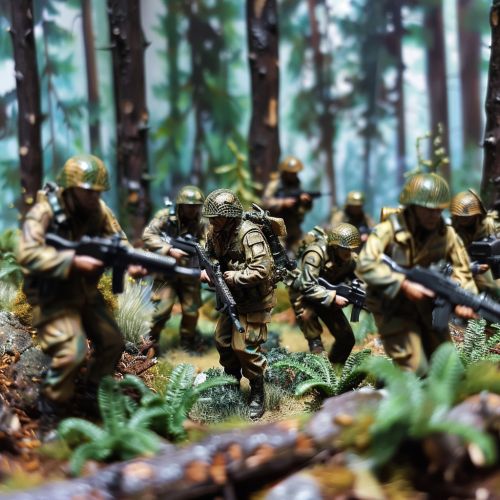Irregular warfare
Introduction
Irregular warfare (IW) is a type of warfare that is characterized by the use of unconventional tactics, strategies, and modes of operation. It is typically conducted by non-state actors or smaller state actors against larger, more conventionally organized states. The term "irregular warfare" encompasses a variety of different types of conflict, including insurgencies, guerrilla warfare, and terrorism, among others.


History
The history of irregular warfare is as old as warfare itself, with examples of non-standard tactics and strategies being used in conflicts throughout human history. However, the term "irregular warfare" and the study of it as a distinct type of conflict is a relatively recent development.
Characteristics
Irregular warfare is characterized by a number of distinct features, including the use of unconventional tactics, strategies, and modes of operation. These can include, but are not limited to, the use of guerrilla tactics, insurgency tactics, and terrorism tactics.
Tactics and Strategies
The tactics and strategies used in irregular warfare are typically designed to exploit the weaknesses of a conventionally organized opponent. This can include the use of ambushes, sabotage, propaganda, and other forms of psychological warfare.
Counter-Irregular Warfare
Counter-irregular warfare, also known as counterinsurgency or COIN, is the set of tactics, strategies, and operations used by conventionally organized states to combat irregular warfare. This can include a variety of different approaches, from military operations to political and social efforts to undermine the support base of the irregular forces.
Impact and Implications
The impact and implications of irregular warfare are significant and far-reaching. It can have a profound effect on the political, social, and economic landscape of a region, and can often result in long-term instability and conflict.
